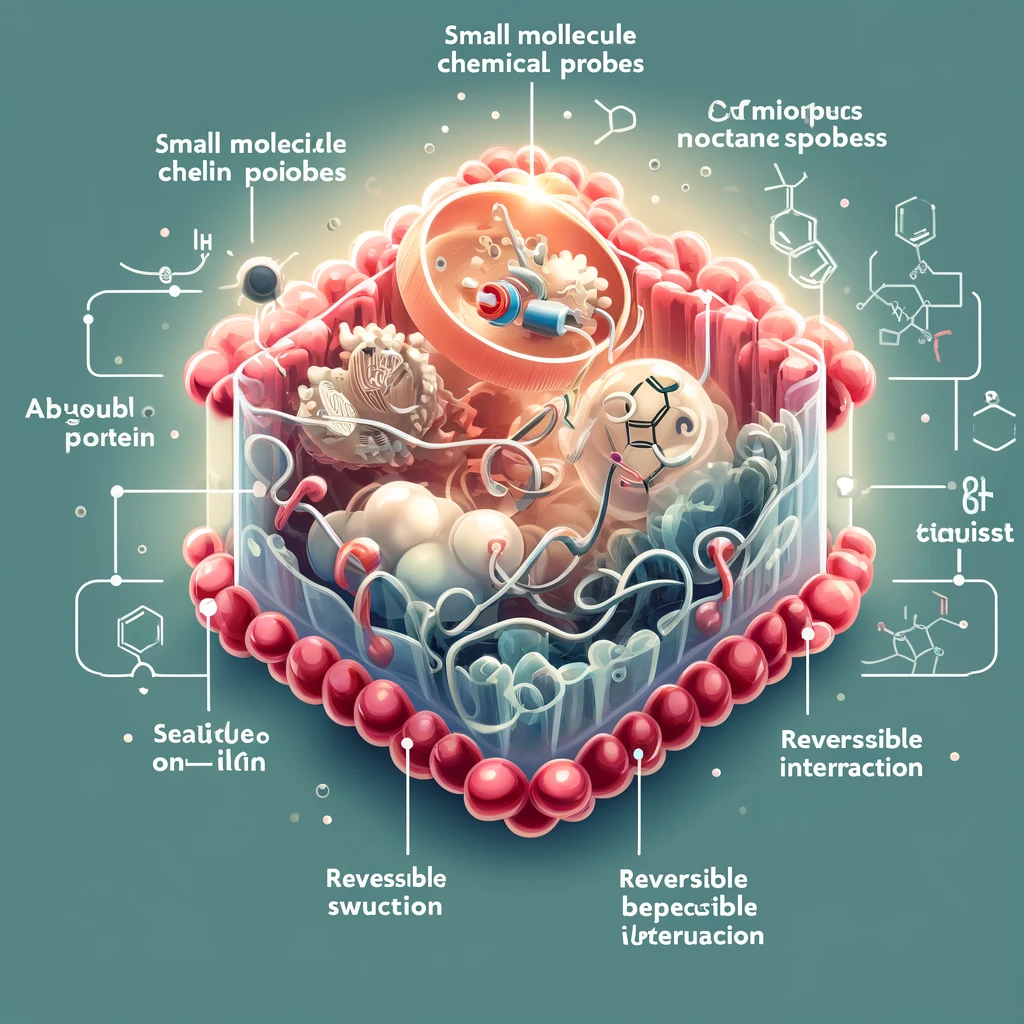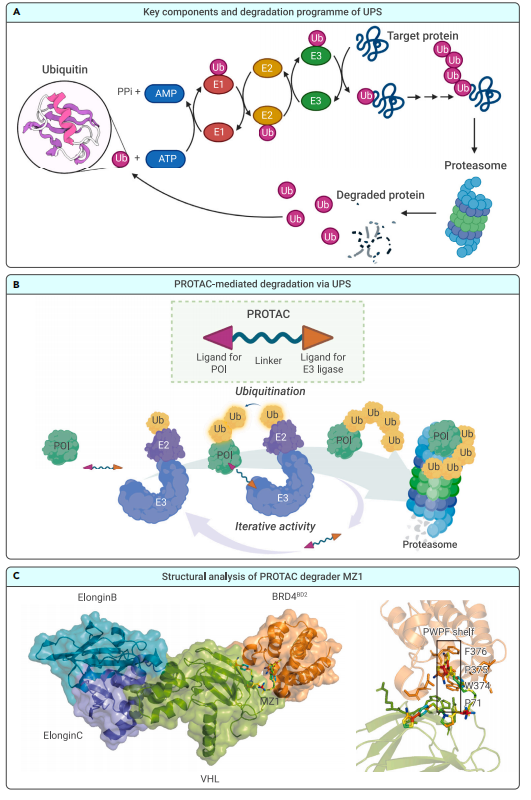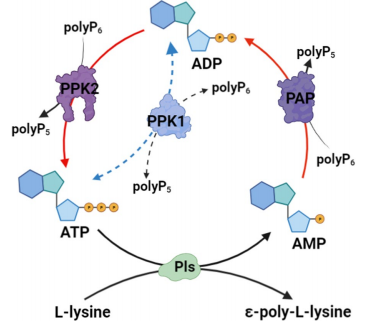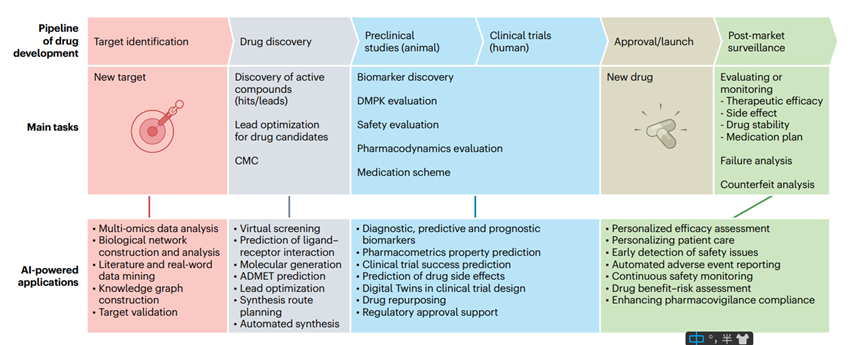Tilmicosin: Mechanisms of Action, Applications, and Resistance in Veterinary Medicine
Abstract
Tilmicosin is a macrolide antibiotic primarily used in veterinary medicine to treat respiratory infections in livestock, particularly in cattle and swine. It works by inhibiting bacterial protein synthesis, targeting the 50S ribosomal subunit, which results in the disruption of bacterial growth. Tilmicosin is effective against a broad range of Gram-positive bacteria and some Gram-negative organisms, including Mycoplasma and Pasteurella species. Although primarily administered via injection or oral dosing, it has a long half-life, allowing for prolonged therapeutic effects. However, due to its potential for causing serious side effects in humans, particularly cardiovascular issues, its use is restricted to animal treatment. Ongoing research is focused on understanding its pharmacokinetics, resistance patterns, and environmental impact.
Introduction to Tilmicosin
Tilmicosin is a semi-synthetic macrolide antibiotic used primarily in veterinary medicine for the treatment and prevention of various bacterial infections in livestock, particularly in cattle, swine, and poultry. As a macrolide, it works by inhibiting bacterial protein synthesis through binding to the 50S ribosomal subunit, thereby preventing bacterial growth. Tilmicosin is highly effective against a broad range of Gram-positive and Gram-negative bacteria, especially those responsible for respiratory infections such as Pasteurella multocida and Mycoplasma bovis. It is commonly used in the treatment of pneumonia, bronchitis, and other respiratory diseases in animals. Tilmicosin is often administered via oral, injectable, or aerosol routes depending on the species and the specific clinical condition being treated. However, its use in food-producing animals is strictly regulated due to concerns about residue levels in animal products and potential resistance development.
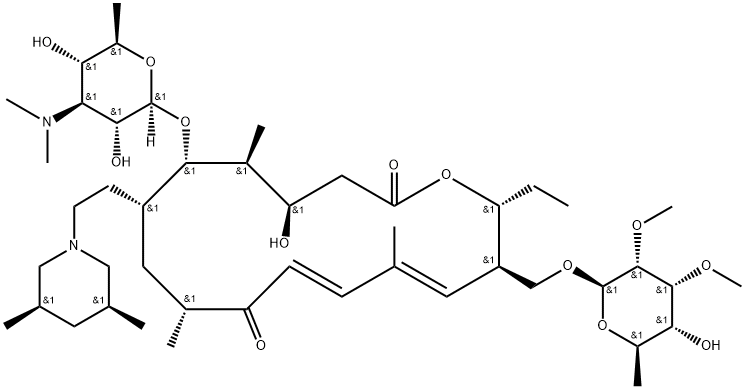
Fig.1 Structure of Tilmicosin
Tilmicosin has gained attention for its ability to penetrate lung tissue effectively, making it particularly useful in treating respiratory infections, which are common in intensive farming systems. Despite its effectiveness, its use in food-producing animals is subject to stringent withdrawal periods to minimize human exposure through meat and milk consumption. Ongoing research explores ways to improve its pharmacokinetics, minimize resistance, and assess its potential in combating emerging bacterial strains.
Tilmicosin: Mechanism of Action
Tilmicosin is a macrolide antibiotic primarily used for the treatment of respiratory infections in animals, particularly in cattle, swine, and poultry. It is classified as a broad-spectrum antimicrobial agent, and its mechanism of action involves inhibition of bacterial protein synthesis. Tilmicosin selectively targets bacterial ribosomes, which are essential for the production of proteins necessary for bacterial growth and survival.
Macrolides, including tilmicosin, bind to the 50S subunit of bacterial ribosomes, specifically at the peptidyl transferase center, which is involved in the elongation process during protein synthesis. By binding to this site, tilmicosin interferes with the translocation step, preventing the ribosome from moving along the mRNA strand. This inhibition halts the elongation of polypeptides, leading to the cessation of bacterial protein synthesis and ultimately bacterial death, a mechanism known as bacteriostatic or bactericidal action, depending on the concentration of the drug and the bacterial species involved.
Tilmicosin is particularly effective against Gram-positive bacteria, including many strains of Staphylococcus, Streptococcus, and Mycoplasma species, which are common pathogens in respiratory infections. It also exhibits activity against certain Gram-negative bacteria and intracellular pathogens, which makes it valuable in treating diseases like bovine respiratory disease (BRD) and swine pneumonia. Tilmicosin’s ability to penetrate cellular membranes enables it to reach intracellular pathogens, enhancing its efficacy against organisms such as Mycoplasma bovis and Pasteurella multocida, which are commonly implicated in respiratory infections in livestock.
The pharmacokinetics of tilmicosin include good oral absorption, especially in monogastric animals, and a prolonged half-life, which allows for less frequent dosing. Tilmicosin is distributed widely throughout the tissues, especially in the lungs, which is critical for its effectiveness in treating respiratory infections. The drug is metabolized in the liver and excreted primarily through the urine.
Despite its effectiveness, tilmicosin has a narrow therapeutic window in some species, particularly in swine and humans, where it can cause severe cardiac toxicity if overdosed. Careful dosing and adherence to withdrawal times are necessary to ensure safety and efficacy in clinical use.
Applications of Tilmicosin
Tilmicosin is a broad-spectrum macrolide antibiotic primarily used in veterinary medicine. It is particularly effective against Gram-positive and some Gram-negative bacteria, as well as certain mycoplasma species. Tilmicosin is most commonly employed in the treatment and prevention of respiratory infections in livestock, particularly in swine, cattle, and poultry. Its ability to target bacterial pathogens involved in respiratory diseases makes it an essential tool in managing economically significant animal diseases, such as pasteurellosis and mycoplasmosis.
One of the primary applications of tilmicosin is in the treatment of respiratory tract infections in livestock. It has been shown to be effective against pathogens like Mycoplasma hyopneumonia, which causes swine pneumonia, a disease with significant economic impact in the pork industry. The compound is also effective against Pasteurella multocida, a common pathogen in cattle and poultry that causes pneumonia, septicemia, and other infections. Tilmicosin’s broad-spectrum activity and favorable pharmacokinetics make it an ideal candidate for treating these bacterial infections, reducing both the severity of the disease and the overall economic burden.
In addition to its use in treatment, tilmicosin is also utilized for disease prevention in animals. It is commonly administered through feed or drinking water, offering an easy-to-use method of ensuring therapeutic levels in large herds. This is particularly useful in poultry and cattle farming, where rapid administration across large populations is crucial to preventing outbreaks of bacterial respiratory diseases. Furthermore, tilmicosin’s long half-life allows for sustained therapeutic concentrations, making it effective in reducing the recurrence of infections in livestock.
Another promising application of tilmicosin is its potential use in aquaculture. While its primary application remains within terrestrial livestock, tilmicosin has been explored for its effectiveness in managing respiratory infections in fish farming, especially in species such as salmon and trout, which are prone to bacterial gill disease caused by Flavobacterium species.
However, concerns regarding the potential for antimicrobial resistance (AMR) have been raised due to the widespread use of tilmicosin in animal agriculture. As a result, careful management of its usage is critical to minimize the risks of resistance development that could impact both veterinary and human medicine. Regulatory agencies worldwide are closely monitoring the use of tilmicosin to ensure it remains effective in managing animal health while mitigating the risk of resistance.
Pharmacokinetics of Tilmicosin
Tilmicosin is a macrolide antibiotic primarily used in veterinary medicine to treat respiratory infections in livestock. Understanding its pharmacokinetics is crucial for optimizing its therapeutic use and minimizing potential toxicity. Following administration, tilmicosin is absorbed into the bloodstream, but its bioavailability varies depending on the species and the route of administration. After intramuscular (IM) injection, tilmicosin reaches peak plasma concentrations within 1–2 hours, while after subcutaneous (SC) administration, absorption may be slower but still effective. Its bioavailability ranges from 60% to 80% depending on the species.
Tilmicosin is widely distributed throughout the body, with a significant concentration in the lungs, which is particularly relevant for its use in treating respiratory infections. The high lung-to-plasma ratio of tilmicosin indicates effective targeting of pulmonary tissues, with concentrations exceeding those found in plasma by several-fold. This distribution is facilitated by tilmicosin’s ability to cross cell membranes and accumulate in tissues, especially those with high lipid content. The drug also demonstrates a moderate degree of protein binding in plasma, ranging from 30% to 60%, which can influence its pharmacokinetic profile and drug interactions.
Metabolism of tilmicosin is relatively limited in animals, and it is excreted primarily unchanged in the feces, with minimal renal excretion. The drug’s half-life varies depending on the species, with the elimination half-life ranging from 30 to 60 hours in some animals, allowing for less frequent dosing. Tilmicosin’s slow elimination contributes to its prolonged antibacterial effects, making it suitable for treating infections requiring sustained antimicrobial activity.
Conclusion
Tilmicosin, a macrolide antibiotic, plays a crucial role in the treatment of respiratory infections, particularly in veterinary medicine, where it is commonly used for livestock. Its unique mechanism of action, targeting bacterial protein synthesis, allows it to effectively combat a range of Gram-positive and Gram-negative bacteria. However, its use requires caution due to concerns about resistance development, potential toxicity, and withdrawal periods in treated animals. Ongoing research into tilmicosin’s pharmacokinetics, safety profile, and strategies to mitigate resistance is essential to ensuring its continued efficacy. As we move forward, greater emphasis must be placed on the responsible use of tilmicosin and other antibiotics in animal health, as well as exploring alternative treatments and advanced formulations to address emerging bacterial threats.
References
- Luo, W., Qin, H., Chen, D., Wu, M., Meng, K., Zhang, A., Pan, Y., Qu, W., Xie, S. (2020). The dose regimen formulation of tilmicosin against Lawsonia intracellularis in pigs by pharmacokinetic-pharmacodynamic (PK-PD) model. Microbial Pathogenesis, 147, 104389.
- Buswell, M. L., Hourigan, M., Nault, A. J., & Bender, J. B. (2016). Needlestick Injuries in Agriculture Workers and Prevention Programs. Journal of Agromedicine, 21(1), 82-90.
- Abell, K. M., Theurer, M. E., Larson, R. L., White, B. J., & Apley, M. (2017). A mixed treatment comparison meta-analysis of metaphylaxis treatments for bovine respiratory disease in beef cattle. Journal of Animal Science, 95(2), 626-635.
- O’Connor, A. M., Yuan, C., Cullen, J. N., Coetzee, J. F., da Silva, N., & Wang, C. (2016). A mixed treatment meta-analysis of antibiotic treatment options for bovine respiratory disease – An update. Preventive Veterinary Medicine, 132, 130-139.
- García-Díez, J., Moura, D., Grispoldi, L., Cenci-Goga, B., Saraiva, S., Silva, F., Saraiva, C., & Ausina, J. (2024). Salmonella spp. in Domestic Ruminants: Evaluation of Antimicrobial Resistance Based on the One Health Approach—A Systematic Review and Meta-Analysis. Veterinary Sciences, 11(7), 315.

